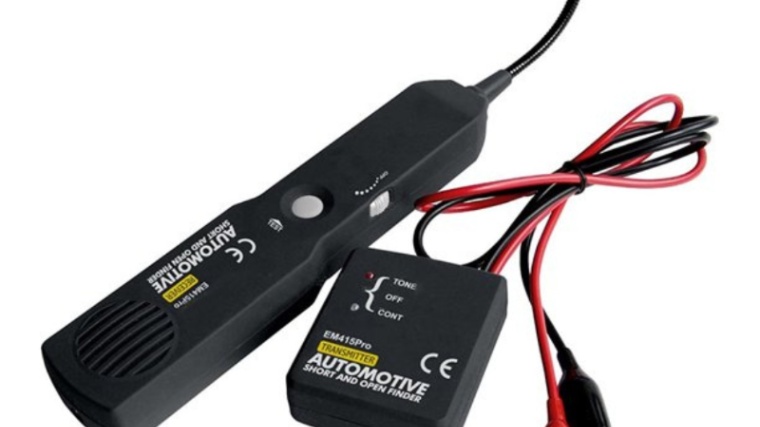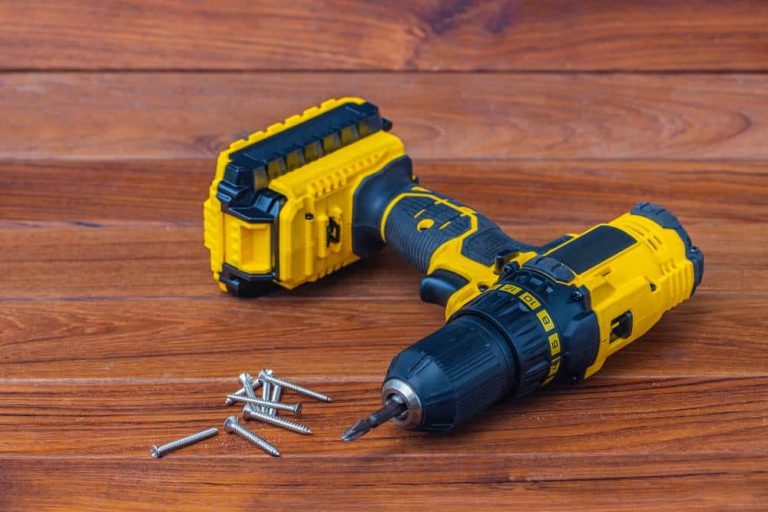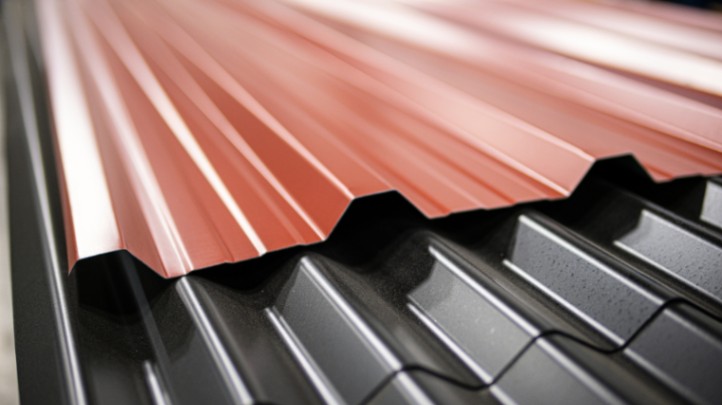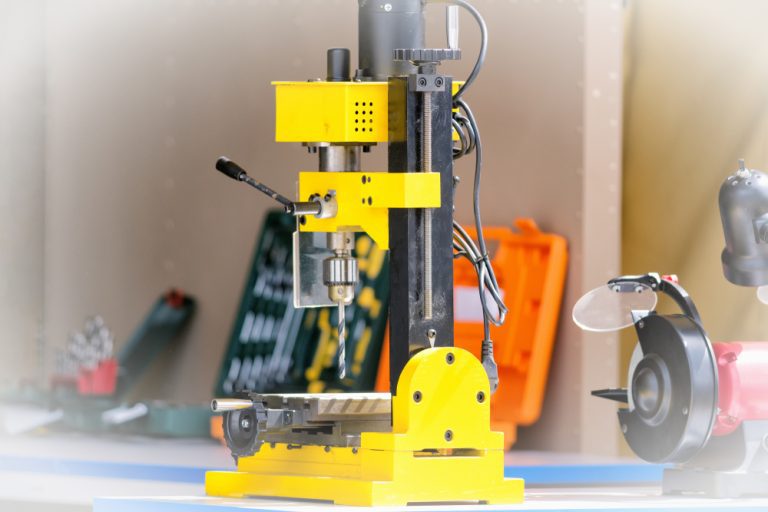A generator is a powerful device that transforms mechanical energy into electrical energy, ensuring a reliable power source in countless applications. In this How Does A Generator Make Electricity article, we will explain how a generator produces electricity, break down its key components, and outline the step-by-step process behind its operation.
Additionally, we will explore different types of generators, their practical uses, and their advantages. To help you get the most out of your generator, we’ll also share essential maintenance tips. Whether you’re new to generators or looking to deepen your understanding, this comprehensive guide has you covered.
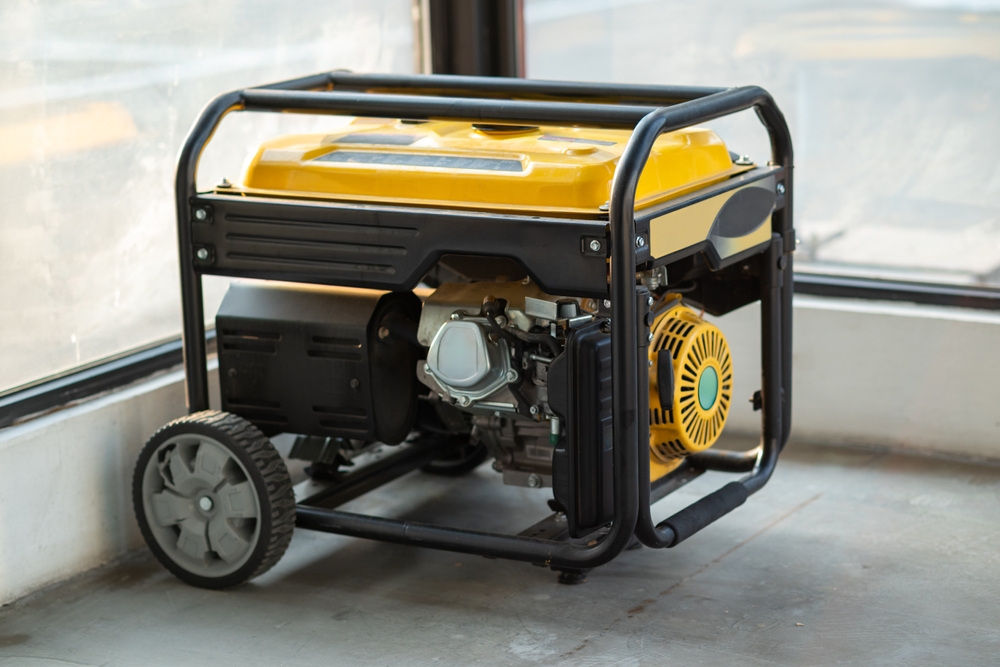
introduction
A generator is more than just a machine—it’s a lifeline during power outages and a cornerstone of industrial operations. Imagine a world where lights don’t turn on, factories grind to a halt, and everyday conveniences vanish. That’s where generators come in, converting mechanical energy into the electricity that powers our lives.
But how does this remarkable process work? In this article, we’ll demystify the inner workings of generators, explore their key components, and explain the science behind electricity generation. From understanding their types to learning practical maintenance tips, this guide provides everything you need to know about these indispensable devices.
Understanding the Basic Principle of Electricity Generation
At its core, a generator operates based on Faraday’s Law of Electromagnetic Induction, discovered by Michael Faraday in 1831. This law states that a changing magnetic field within a conductor induces an electric current. A generator uses this principle to transform mechanical energy into electrical energy.
The process involves:
This simple yet powerful concept forms the foundation of all generators, from small portable models to massive industrial turbines.
Key Components of a Generator
To better understand how a generator works, we must explore its major components:
1. Rotor and Stator
As the rotor spins within the stator, the interaction between the magnetic field and the stator’s coils produces electricity.
2. Engine
The engine powers the rotor’s movement. It can run on various fuels, such as gasoline, diesel, natural gas, or even renewable energy sources like wind or water.
3. Alternator
The alternator is where mechanical energy becomes electrical energy. It houses both the rotor and stator, facilitating the electromagnetic induction process.
4. Voltage Regulator
This component ensures that the output voltage remains steady, protecting connected devices from power surges or fluctuations.
5. Fuel System
In fuel-based generators, this system stores and delivers fuel to the engine for combustion.
6. Cooling and Exhaust Systems
Generators produce heat during operation. A cooling system dissipates this heat, while the exhaust system safely expels combustion byproducts.
7. Control Panel
The control panel allows users to monitor and manage the generator’s performance, including starting and stopping, voltage output, and other key parameters.
8. Battery and Starter Motor
These components help initiate the generator’s operation, especially in modern systems with electric start functionality.
The Step-by-Step Process of Electricity Generation
Mechanical Input
The engine converts fuel into mechanical energy by burning it or utilizing kinetic energy from sources like wind or water.
Rotor Movement
The engine drives the rotor to spin within the alternator, creating a dynamic magnetic field.
Electromagnetic Induction
As the rotor spins, the magnetic field interacts with the stator’s wire coils, inducing an electric current.
Voltage Regulation
The voltage regulator ensures the output voltage is consistent and suitable for powering devices.
Electricity Output
The generated electricity is delivered to the output terminals, ready for use in homes, businesses, or other applications.
Types of Generators
Generators come in various designs, tailored to specific uses and energy sources:
1. Portable Generators
2. Standby Generators
3. Inverter Generators
4. Industrial Generators
5. Renewable Energy Generators
Applications of Generators
Generators are indispensable in numerous settings:
Advantages of Using Generators
Generator Maintenance Tips
To maximize efficiency and lifespan, follow these maintenance tips:
Conclusion
A generator is a remarkable device that transforms mechanical energy into electrical energy, ensuring uninterrupted power in diverse scenarios. From its core principle of electromagnetic induction to its versatile applications, a generator is essential for modern living and industries. Understanding its components, operation, and maintenance can help users make the most of this technology, ensuring reliable performance whenever needed.
